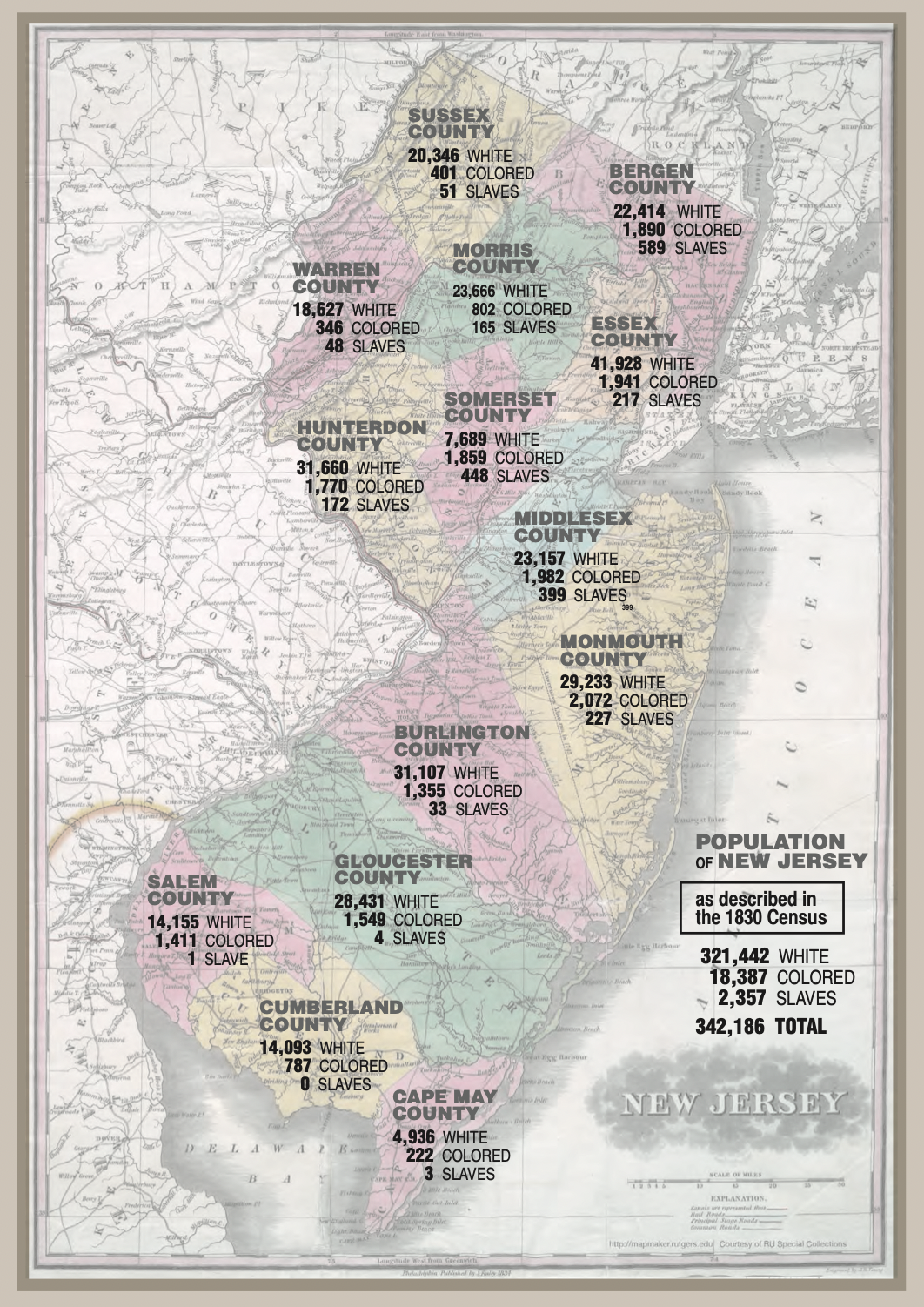Somerville, NJ: Timeline to School Integration
Part I: Somerville, NJ: Timeline to School Integration
1911, is an important year in my personal history. While not widely known, that year Frederick Henry Moore, Sr., my great-grandfather, became the first African-American graduate of Somerville High School. Since 2012, my family has marked the event by awarding scholarships to graduating Somerville High School students of color. This June, our family was elated to see a Class of 1911 graduation photograph posted by a local history enthusiast. The image generated a lively conversation about the progressive nature of Somerville school’s leadership and Moore’s academic strength as an African-American. The posts left me wondering. What events, previous attempts, or requests to attend Somerville High School by African-American students led to Frederick H. Moore’s admittance? Why weren’t the media posts full of surprise regarding our town’s practice of segregation? These unknowns inspired this blog. My hope is to present a fuller account of the early educational experiences of Somerville’s African-American children.
Part II: Somerville, NJ: Timeline to School Integration
African-Americans have resided in the Somerville community for over three hundred years. This fact makes Frederick H. Moore, Sr’s graduation from Somerville High School (1911) worthy of both celebration and reflection. His attendance and graduation signaled more educational opportunities for African American children in the upper grades. Segregation within Somerville’s grammar schools continued. Like Moore, African American children in the early grades continued to be educated separately. Full integration of all schools did not occur until six years after Moore’s graduation, in 1917. Why segregated school systems? Why delay full integration? To fully understand the answers, an exploraion of Somerville’s beginnings is needed.

The Free and Enslaved Population
Somerville is located on land acquired from the Raritan Lenni Lenape people. The Dutch practice of African enslavement was first recorded in New Jersey in 1680. By 1690, the enslaved were sold directly to “planters” in different parts of the state including Somerville.
Church records, voter rolls, and census data provide evidence of New Jersey’s enslaved and free populations. In 1750 the state’s black population numbered 5,354 persons, increasing to 14,185 persons in 1790. In 1735 Somerset County’s free and enslaved population numbered 732 persons, increasing to 2038 persons in 1800. Over five hundred enslaved births wererecorded in Somerset County between 1804 and 1840. By 1830, the free and enslaved population represented 30% of the county’s total population. The system of enslavement was met with resistance. A slave plot was discovered in Somerville and public punishments of the enslaved were recorded in Hillsborough and Bridgewater.
The New Jersey laws passed between 1682 and 1826 reflect the tension created by the growth of the free and enslaved population. State laws set fines for buying from or selling to the enslaved, required the enslaved to have written permission to sell or trade goods and services, and permitted the capture and punishment of enslaved persons found 5 miles from their plantation. Both the enslaved and free African Americans were denied the right to own land, vote, and to assemble publicly. (For an overview of these laws see the last page of Slavery in New Jersey: A Troubled History.)
Why segregated school systems? Why delay full integration?
School segregation and the delayed movement toward integration were the continuation of practices established in Somerville’s beginnings. Somerville’s free black and enslaved children experienced educational neglect. The first efforts to educate the population was taken up by white religious organizations and the African American community. Local, county, and state support occurred only after 1866, when the New Jersey State Board of Education was established. At that time, the segregated Somerville Colored Pubic School was formed. Somerville’s African American children were educated there between 1868–1917.
For further reading
History at Home: Stories About Somerville by Jessie Havens Slavery in New Jersey: A Troubled History, by Gail R. Safia
The story of an old farm; or, Life in New Jersey in the eighteenth century by Andrew Mellick
Follow me on Medium Davie-Lyn Jones-Evans
Follow me on Facebook
Follow me on Twitter Revealing History

Very interesting. (smiles)
ReplyDelete